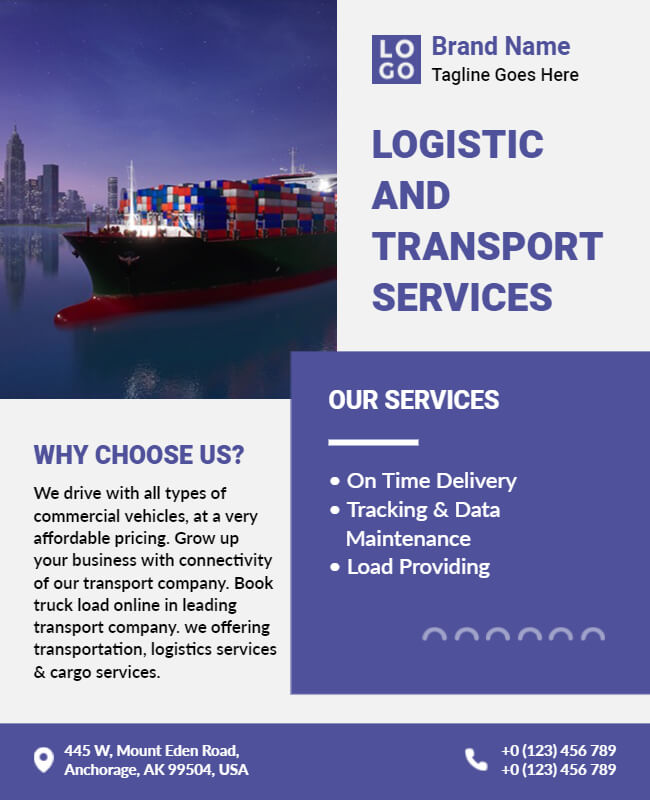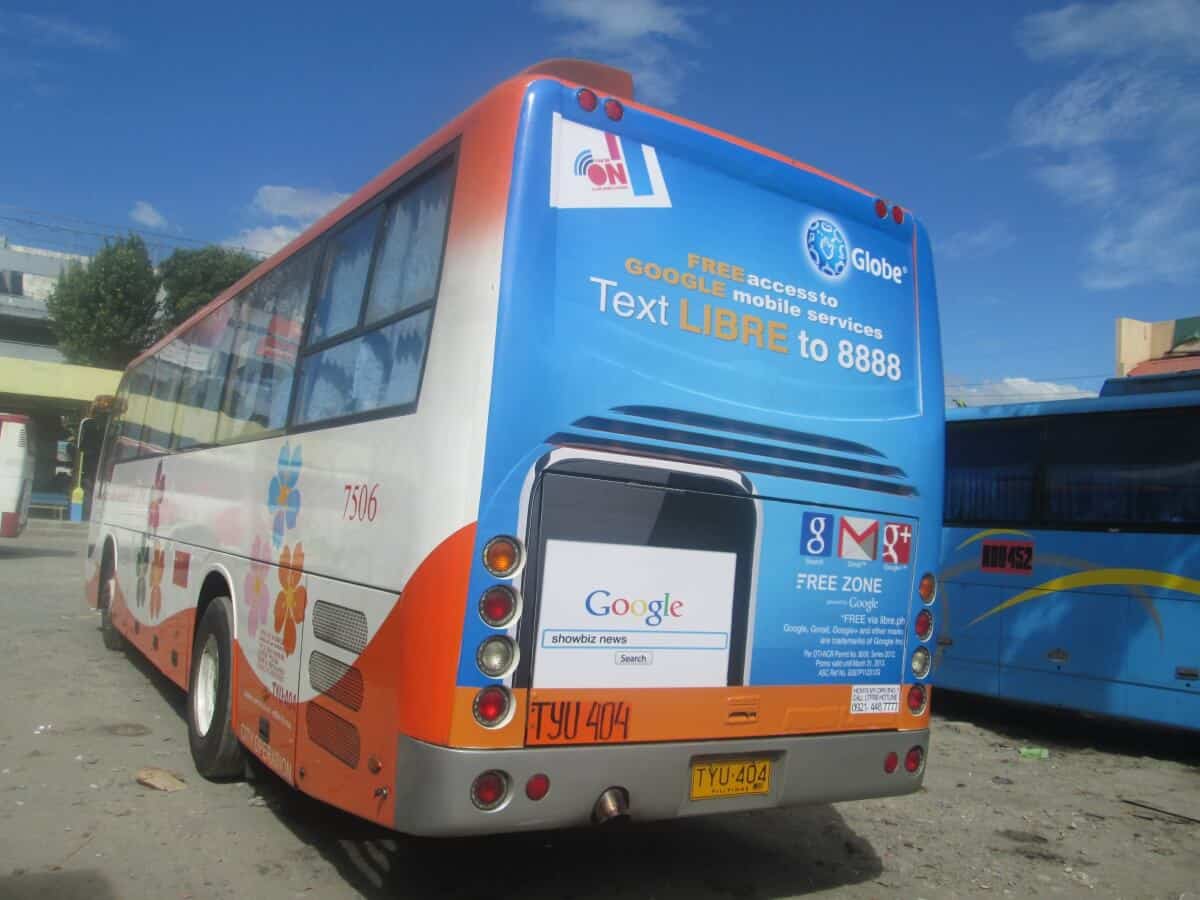Raise Brand Name Reach with Transit Advertising Philippines
Raise Brand Name Reach with Transit Advertising Philippines
Blog Article
How Transportation Advertising Can Change Public Transport Spaces Into Dynamic Marketing Operatings Systems
Transit marketing holds substantial possibility to redefine public transport rooms right into vivid advertising and marketing systems that involve and educate. As we check out the diverse benefits and progressing methods of transit marketing, it increases the inquiry of exactly how this improvement can redefine our communications with both brand names and the city environment.
Benefits of Transit Marketing

Furthermore, transportation advertising and marketing is very affordable compared to conventional media. It enables advertisers to achieve high perceptions at reduced costs, taking full advantage of roi. The restricted target market of travelers offers a possibility for brand names to share their messages to people who are typically responsive during their travel times.
Additionally, the dynamic nature of transportation advertising permits campaigns to be updated regularly, making sure that messaging remains prompt and relevant. This flexibility can be essential in replying to market patterns or promotional occasions, maintaining the brand top-of-mind for customers. Lastly, the prevalent existence of transportation marketing adds to brand name recall; repeated exposure within acquainted travel contexts strengthens brand name recognition and promotes consumer commitment, eventually driving sales and enhancing brand name online reputation.
Kinds Of Transit Advertising
Public transport systems provide numerous styles for advertising, each accommodating various advertising and marketing techniques and target market interaction approaches. One prominent kind is exterior bus and train wraps, which cover the entire automobile and produce a mobile signboard impact, enabling high presence in city settings. These covers can record focus as they go across active roads, getting to a varied target market.
An additional preferred layout is indoor marketing, that includes posters, electronic screens, and ads on transit seats. These positionings involve guests throughout their trip, enhancing brand name messaging in a constrained room. Digital presents, specifically, provide the benefit of vibrant web content, making it possible for advertisers to update messages in real-time.
Station marketing is additionally substantial, featuring posters, banners, and interactive kiosks within transportation terminals. These advertisements take advantage of foot web traffic and can target specific demographics based on location.
Last but not least, marketing collaborations with transportation authorities can result in one-of-a-kind campaigns, such as themed transit experiences or events, improving the general involvement with commuters. Each sort of transit advertising uses distinct advantages, allowing brands to customize their method to properly reach their target audience within the general public transportation community.
Involving Commuters Successfully
Commuters are increasingly swamped with advertising messages throughout their everyday travels, making it crucial for brand names to engage them in cutting-edge means. To capture focus in this jampacked space, advertisers have to prioritize creative thinking and relevance. Using appealing visuals and succinct messaging can significantly improve the probability of involvement.
Interactive elements, such as QR codes or augmented reality functions, can likewise change fixed advertisements into immersive experiences, fostering a much deeper link with the target market. Brand names ought to focus on resolving commuters' requirements and rate of interests, tailoring messages to reverberate with their way of living, whether via promotions for local services or solutions created to boost their commuting experience.
Furthermore, timing plays a critical role; strategically putting advertisements throughout peak commuting hours can make best use of exposure and impact. Involving travelers effectively also includes leveraging social media sites assimilation, allowing travelers to share their experiences or promotions straight from transit platforms, consequently intensifying brand name reach.
In essence, effective engagement hinges on comprehending the commuter journey and producing engaging, interactive, and pertinent advertising experiences that not just capture focus yet additionally drive activity and commitment. By doing so, brands can change public transportation into a vibrant marketing platform that reverberates with its audience.

Measuring Advertising And Marketing Effect
How can brand names precisely evaluate the performance of their marketing campaigns en route atmospheres? Measuring the impact of transportation advertising calls for a diverse strategy that integrates qualitative and measurable metrics. One prevalent technique is tracking engagement with mobile analytics, where brands can examine foot traffic patterns and application communications previously, during, and after campaigns.
Studies can provide beneficial insights right into brand name recall and consumer view, allowing brands to determine exactly how well their messages reverberate with travelers. Furthermore, checking social networks interaction pertaining to certain projects can reveal changes in public assumption and official source brand name discussion.

Moreover, working together with transportation firms can enhance measurement accuracy, as they commonly have thorough group data on ridership trends. By integrating these approaches, brands can create a thorough understanding of their advertising effectiveness, guaranteeing that their campaigns not only reach but also impact their target audiences successfully.
Future Patterns in Transit Marketing
A considerable shift is anticipated in transit advertising and marketing as technical innovations and transforming customer habits reshape the landscape. Transit Advertising Philippines. The integration of interactive media and electronic screens is expected to enhance involvement, permitting brand names to provide dynamic content that reverberates with varied audiences. As mass transit systems embrace clever modern technology, marketers will certainly take advantage of real-time data analytics to tailor messages based on guest demographics and actions
In addition, increased fact (AR) is positioned to reinvent the means commuters connect with advertisements. By giving immersive experiences, AR can transform an ordinary trip into an interesting narrative that records interest and fosters brand name commitment. This development will likely motivate advertisers to produce more experiential projects that drive consumer communication.
Sustainability is another essential pattern affecting transit advertising and marketing. As environmental awareness grows, brand names will increasingly look for to align with eco-friendly methods, using sustainable products and promoting environment-friendly initiatives within their projects.
Verdict
In conclusion, transit marketing supplies significant benefits by boosting brand exposure and engaging a restricted target market. As trends evolve, the capacity for ingenious communications in between travelers and brand names is poised to grow, making sure that transportation advertising and marketing continues to be an essential part of contemporary marketing approaches.
Transit advertising holds considerable possibility to redefine public transportation rooms into lively marketing systems that engage and educate. The prevalent visibility of transit advertising contributes to brand name recall; repeated exposure within acquainted traveling contexts strengthens brand name recognition and promotes consumer commitment, eventually enhancing and driving sales brand name reputation.
How can brand names precisely evaluate the effectiveness of their advertising and marketing campaigns in transportation atmospheres?In conclusion, transportation marketing supplies considerable advantages by boosting brand presence and engaging a restricted audience. Transit Advertising Philippines. As fads advance, the capacity for cutting-edge interactions in between commuters and brand names is poised to expand, ensuring that transportation advertising continues this to be a find more information vital element of modern advertising strategies
Report this page